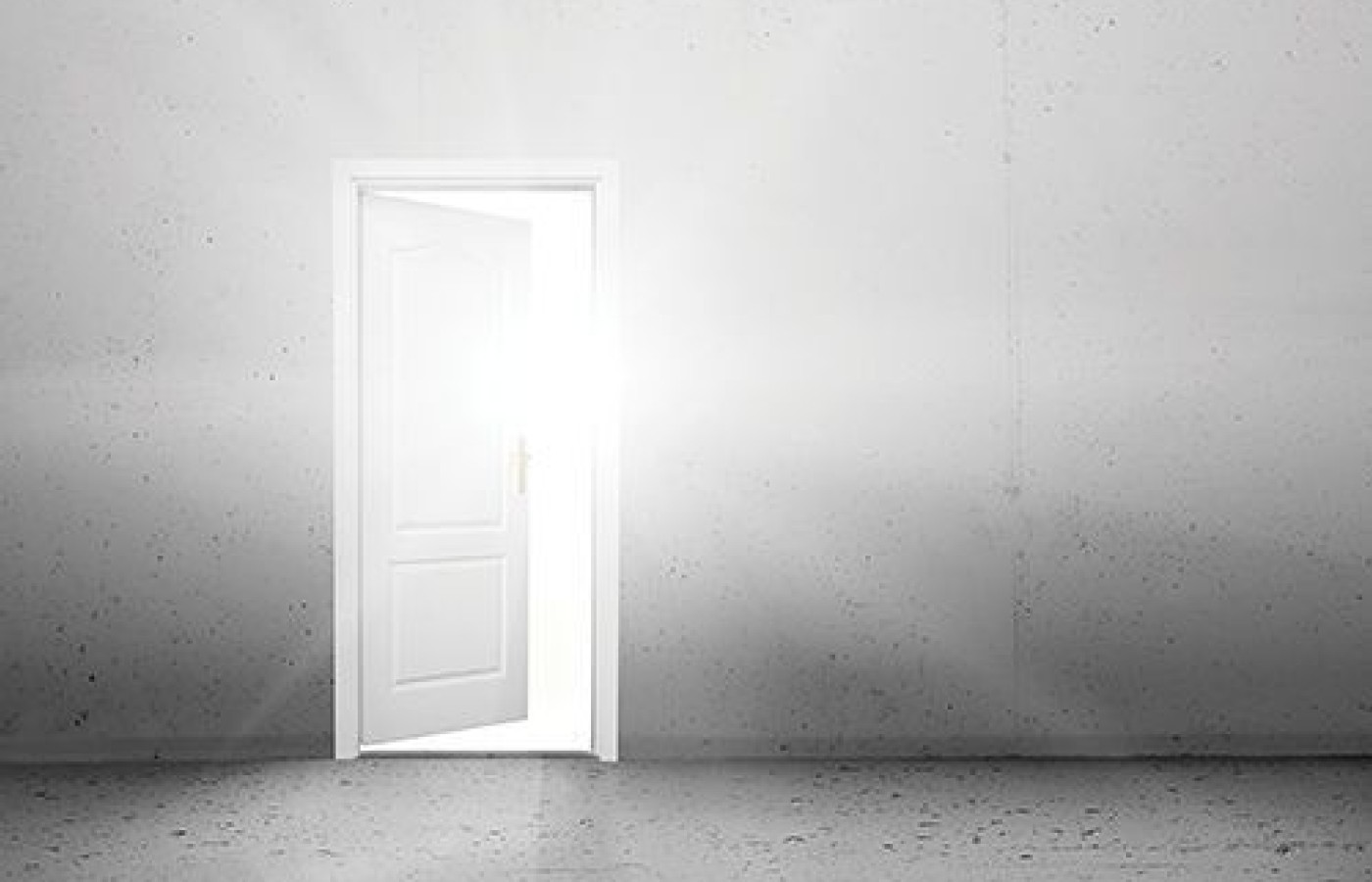On Oct. 21, 2025, a judge in Florida issued a groundbreaking decision in Complete Care v State Farm, 25-CA-1063. It concerns a fact pattern that many chiropractic doctors have faced wherein an insurer, such as State Farm or Allstate, decides to simply stop paying all claims submitted by a healthcare provider.
| Digital ExclusiveLet There Be Light: Low-Level Laser for LBP
"As long as man, the biped, continues to stand erect and upright on his two feet, he will suffer from the stress imposed on his lumbar spine." — Dr. Joseph Janse, President, NUHS (1945-1983)
As chiropractors are well-aware, 80 percent of Americans will suffer from back pain at one point in their lives; often chronic or debilitating back pain. In fact, lower back pain is the second leading cause of physician office visits after upper-respiratory infection. What you may not know is that low-level laser therapy (LLLT) can complement your chiropractic adjustments to bring relief to patients with LBP – and so much more.
Back injuries cause damage to soft-tissue cells. These damaged cells release chemicals, provoking a natural inflammatory response in the body, which results in redness, swelling, warmth and pain in the injured area. Persistent or recurrent inflammation can predispose patients to early-onset arthritis or degenerative changes in their joints.

The application of low-level laser therapy (LLLT) reduces short-term inflammation. Additionally, laser therapy significantly lowers the risk of arthritis, which frequently arises from injuries. Laser therapy is used to treat inflammation, provide deep-tissue therapy, and accelerate pain relief to help minimize downtime.
How It Works
LLLT works to photobiostimulate chemically damaged cells via specific wavelengths (for example, 635 nm) of coherent light.1-4 Coherence means the light photons propagate in the same direction, amplitude and phase. This maximizes the depth of photon penetration to trigger a biological response.5
The cell membranes within the skin absorb photons by way of a photochemical effect that is not photothermal; therefore, LLLT does not cause heat damage to the tissue.6
When cells are chemically damaged through injury, they stimulate the pain cycle. LLLT excites kinetic energy within the cells by transmitting healing stimuli in the form of photons. Once photons reach the cells of the body, they promote a cascade of cellular activities.
LLLT can ignite the production of enzymes, stimulate mitochondria, increase vasodilation and lymphatic drainage, promote ATP synthesis, and elevate collagen formation to prevent or decrease the formation of scar tissue.7 This is a critical step in reducing chronic and disabling myofascial pain syndromes. Simply put, LLLT enables patients to feel relief faster and heal at the same time.
The ease of using the laser and the speed at which patients respond to it are key features of LLLT. Most laser treatment sessions last from just 3-5 minutes. Its versatility is unmatched because it can be a stand-alone treatment or used in conjunction with chiropractic adjustments, soft-tissue release, instrument-assisted treatments, kinesiology taping, and virtually any other rehab-oriented protocol. In short, laser therapy is an elite tool for rehabilitation reinforced by the literature in the field.8-11
Why It Matters: Economic and Health Impact of LBP
Low back pain (acute and chronic) has significant economic impact:
- LBP accounts for $2,580 in medical expenses annually by individuals and/or insurance companies.
- It is the leading cause of disability worldwide.
- It is the most common reason for medical disability.
But beyond economics, back pain can have more disastrous consequences:
- According to a 2009 study in the Journal of the American Board of Family Medicine, "Spinal fusion surgeries increased twofold in the decade 1990-2000, despite the fact that there were no changes to the indications for surgery or new evidence of greater usefulness."
- The incidence of "failed back surgery" ranges from 10-40 percent in the research literature.
- In 2008, prescription painkillers killed almost 15,000 people in the U.S. More people die from opiates than cocaine and heroine overdoses combined.
- NSAIDs account for more than 17,000 deaths per year and well over 100,000 hospitalizations.
Key Selling Points for You and Your Patients
- Nontoxic
- Virtually no contraindications
- Noninvasive
- Easy to implement
- No side effects or pain
- Safe and effective
- Offers an alternative to analgesics, NSAIDs and other medications
A unique opportunity now exists for chiropractors to incorporate a cutting-edge tool into chiropractic treatment protocols.
According to a health education study, only 3 percent of U.S. adults seek chiropractic for back pain. As a practicing chiropractor for more than 15 years, I am astonished and disturbed by this statistic. In my clinical experience, LLLT is one of the most efficacious treatment modalities for lower back pain and is clearly in the chiropractic armamentarium. The potential for a revolutionary change in chiropractic treatment presents itself with the implementation of low-level laser therapy.
Let there be light.
References
- Karu T. Ten lectures on Basic Science of Laser Phototherapy. Grängesberg, Sweden: Prima Books, 2007: pg. 277.
- Carrinho PM, Renno ACM, Koeke P, et al. Comparative study using 685-nm and 830-nm using lasers in the tissue repair of tenotomized tendons in the mouse. Photomed Laser Surg, 2006;24(6):754-58.
- YA Vladimirov, AN Osipov, GI Klebanov. Photobiological principles of therapeutic applications of laser radiation. Biochem, 2004;69(1):103-113.
- Enwemeka CS, Parker JC, Dowdy DS, et al. The efficacy of low-power lasers in tissue repair and pain control: a meta-analysis study. Photomed Laser Surg, 2004;22(4):323-329.
- Karu T. Low Power Laser Therapy. In: Vo-Dinh T (ed.). Biomedical Photonics Handbook. Boca Raton, FL; CRC Press, 2003: 48-1, 48-25.
- Olson IM, French-Constant C. Dynamic regulation of integrin activation by intracellular and extracellular signals controls oligodendrocyte morphology. BMC Biology, 2005;3:25.
- Karu T. Primary and secondary mechanisms of action of visible to near-IR radiation on cells. J Photochem Photobiol B, 1999;49:1-17.
- BMJ Clinical Evidence made recommendations to include low-level laser therapy for tennis elbow in 2011.
- Chow RT, Johnson MI, Lopes-Martins RA, et al. Efficacy of low-level laser therapy in the management of neck pain: a systematic review and meta-analysis of randomized placebo or active-controlled trials. Lancet, Dec 5, 2009;374(9705):1897-1908.
- Leal Junior EC, Lopes-Martins RA, De Marchi T, et al. Effects of low-level laser therapy (LLLT) in the development of exercise-induced skeletal muscle fatigue and changes in biochemical markers related to postexercise recovery. J Orthoped Sports Ther, Aug 2010;40(8):524-532.
- Abrisham SM, Kermani-Alghoraishi M, Ghahramani R, et al. Additive effects of low-level laser therapy with exercise on subacrominal syndrome: a randomised, double-blind, controlled trial. Clin Rheumatol, 2011;30:1341-134.



